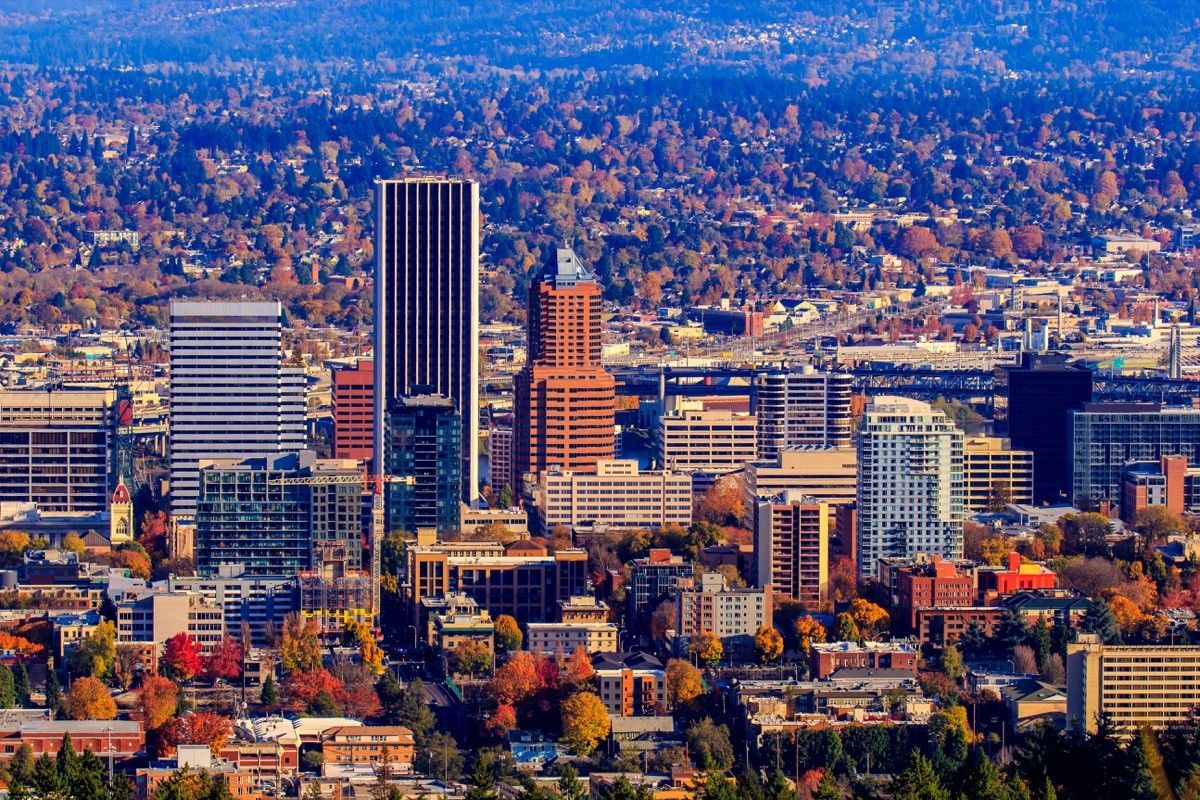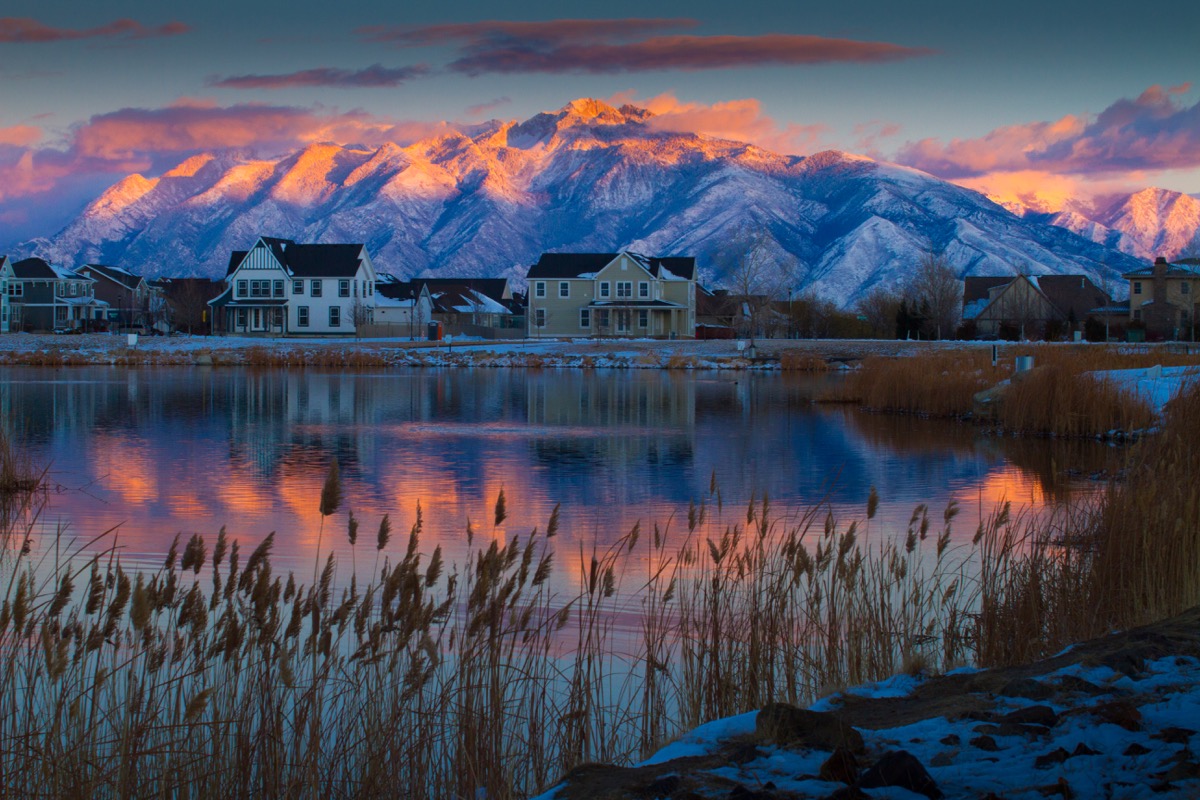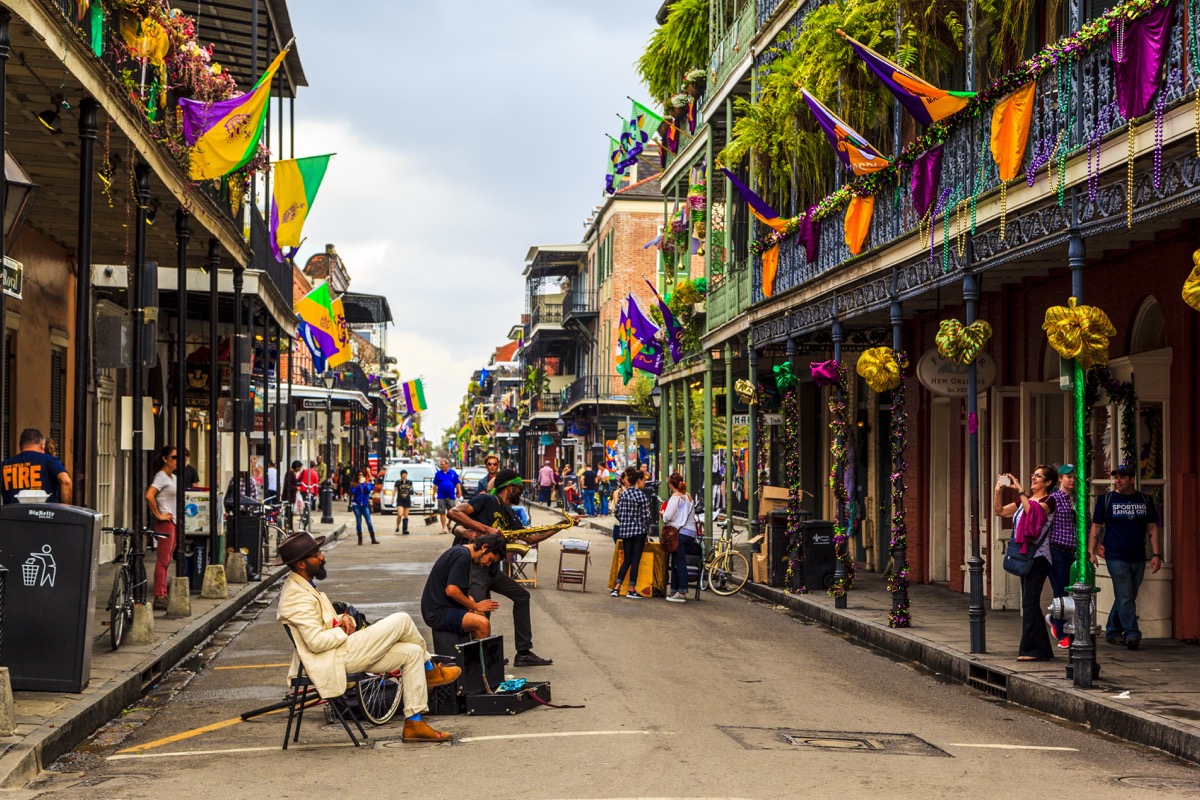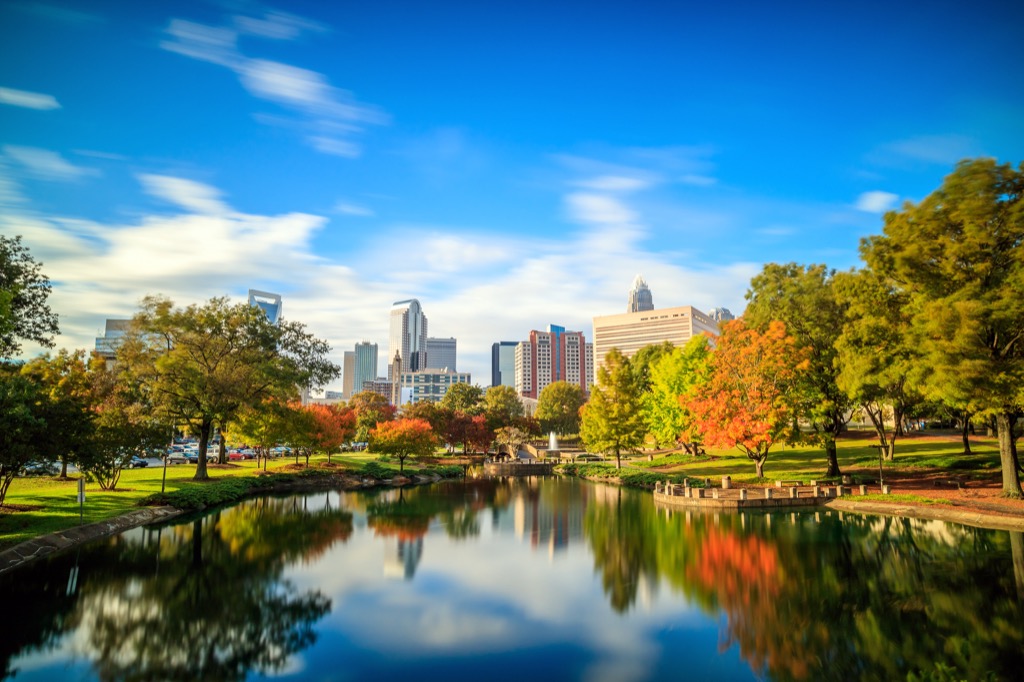One of the first states to pause on reopening was Oregon on June 11. In late May, the seven-day rolling average of new cases in the state was 32. Now, it’s 168, according to data compiled by Oregon Live. On June 11, Gov. Kate Brown announced a one-week hold on the state’s reopening plans. “The noticeable increase in COVID-19 infections in Oregon over the past week is cause for concern. In order to ensure that the virus is not spreading too quickly, I am putting all county applications for further reopening on hold for seven days. This is essentially a statewide ‘yellow light.’ It is time to press pause for one week before any further reopening,” Brown said in a statement. According to Oregon Live, “The announcement came on the night many Portlanders had hoped to receive news of a Phase 1 reopening in Multnomah County, the last of the state’s 36 counties to loosen restrictions.” On June 18, Brown revisited the situation. She announced that the entire tri-county region, which includes Multnomah County, Washington County, and Clackamas County, “will remain in Phase 1 for at least 21 days after June 19 before the three counties together will become eligible for Phase 2.” She also enforced statewide mandatory mask-wearing indoors, beginning June 24, and warned: “If hospitalizations spike too rapidly, if the capacity of our health care system is threatened, we will be forced to revert to stricter rules. Our entire ability to reopen and stay open is dependent on whether each of us follows basic health and safety protections.” And for more up-to-date information, sign up for our free daily newsletter. Utah Gov. Gary Herbert made a similar announcement on June 11. At the time, Brooke Scheffler, public information officer for Herbert, told CNN, the state will remain in the “yellow” phase of reopening, with the exception of one county—Salt Lake City, which will remain in the “orange” phase. Herbert declared that he “doesn’t want to take a step forward and then take a step backward.” The governor’s office released an updated version of the state’s executive order on COVID-19, which states the pause will remain in effect until June 26. According to CNN, Utah’s state epidemiologist Angela Dunn, MD, said in the weeks before Memorial Day, the percent of positive tests was around 4 percent. In the weeks following Memorial Day, the trend increased to a 7 percent weekly average. As a result, Dunn suggested a “complete shutdown” for the state. For more on this, check out This State Could Be Facing a “Complete Shutdown,” Epidemiologist Says. Louisiana Gov. John Bel Edwards announced the state would be pausing its reopening efforts on June 22. The state, which is currently in Phase 2 of reopening, will remain stagnant until July 24. According to The Advocate, health officials asked Edwards to consider halting reopening on account of the spike in cases in the state, which have been largely attributed to younger people going to bars and parties in the New Orleans and Louisiana State University areas. Edwards told The Advocate, “There are a lot of people out there saying they’re done with the virus. Well, the virus isn’t done with us.” The recent spike in this southern state has been striking. According to New Orleans Public Radio, “Louisiana’s health department recorded 1,356 new coronavirus cases Tuesday [June 23], its highest day of positive COVID-19 cases since April 7.” And for more information on coronavirus spikes, These Are the States Where Coronavirus Numbers Are Up Over 75 Percent.ae0fcc31ae342fd3a1346ebb1f342fcb On June 24, North Carolina Gov. Roy Cooper announced that the state will be pausing reopening at its current second phase for three more weeks. “North Carolina is relying on the data and the science to lift restrictions responsibly, and right now our increasing numbers show we need to hit the pause button while we work to stabilize our trends,” Cooper said in a statement. Cooper and North Carolina Department of Health and Human Services Secretary Mandy Cohen, MD, looked at a variety of data to reach their decision—including confirmed cases, positivity testing rate, hospitalizations, and testing and contact tracing capabilities. Overall, they said in a statement, the numbers showed that “the indicators [are] moving in the wrong direction.” Also in his press release, Cooper announced that face coverings are now mandatory in public places in North Carolina. In mid-June, Angela Rasmussen, PhD, a virologist at Columbia University in New York City, told Best Life that North Carolina was one of four states that “reopened as if coronavirus was completely gone from their communities, which was not the case, and which is why they have returned to upward trajectories indicating increased community transmission.” And for more states with rigid face covering rules, check out The 10 States With the Strictest Face Mask Laws.



